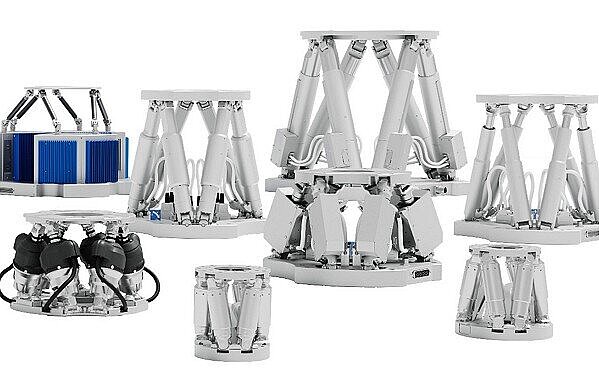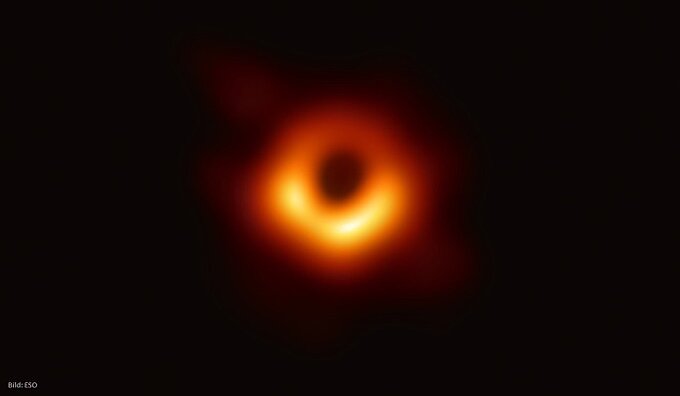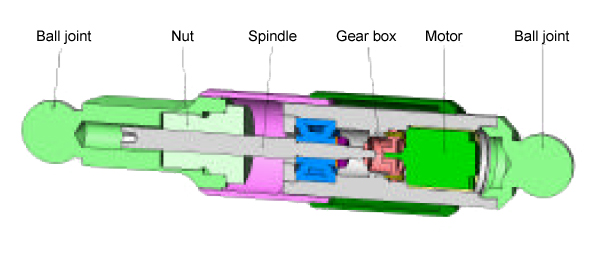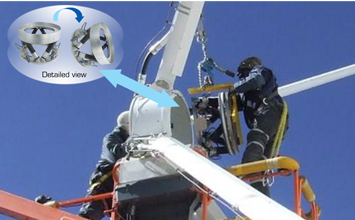The velocity of present-day spacecraft may seem galactic in contrast to what humans experience in their daily commutes involving even the fastest trains, planes or automobiles. However, compared to the warp-drive performance known from science fiction classics such as Star Trek and Star Wars, space travel in the early 21th century still moves at a rather glacial pace.
The UCSB Experimental Cosmology Group, University of California, Santa Barbara, CA, headed by Professor Philip Lubin, is working hard to change that. They are exploring a concept of a new drive system that could accelerate a small spacecraft close to the speed of light. Their research is grounded in physics and funded by NASA DEEP-IN and DEIS Directed Energy for Interstellar Flight programs, as well as NASA Spacecgrant and the Emmett and Gladys W. Fund.
The idea involves laser light as the driving force. The model uses a PI H-824 hexapod 6-axis positioning platform, carrying a 19 element laser phased array. Hexapod (Stewart-Gough) platforms provide motion in 6 degrees of freedom along with a user-programmable pivot point in a small envelope.
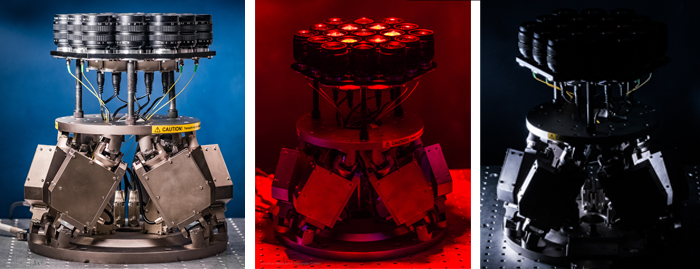
Blog Categories
- Aero-Space
- Air Bearing Stages, Components, Systems
- Astronomy
- Automation, Nano-Automation
- Beamline Instrumentation
- Bio-Medical
- Hexapods
- Imaging & Microscopy
- Laser Machining, Processing
- Linear Actuators
- Linear Motor, Positioning System
- Metrology
- Microscopy
- Motorized Precision Positioners
- Multi-Axis Motion
- Nanopositioning
- Photonics
- Piezo Actuators, Motors
- Piezo Mechanics
- Piezo Transducers / Sensors
- Precision Machining
- Semicon
- Software Tools
- UHV Positioning Stage
- Voice Coil Linear Actuator
- X-Ray Spectroscopy


